Program
Wetland Conservation Act
When most people think of wetlands, they think of swampy, marshy areas complete with ducks and cattails. While those areas are in fact wetlands, there are many other wetlands that look very different, and can be completely dry for the majority of the year. Some wetlands support trees and shrubs, while other wetlands may even be farmed. Carver Soil and Water Conservation District staff provides technical support for local governments, county departments, and citizens with wetland and water related questions.
An estimated 11 million acres of wetland areas have been lost over the past 100 years, leaving only about 7.5 million acres, which represents a 60% loss. Wetlands provide many important benefits, which have become more apparent as wetland numbers have decreased. Some wetland benefits include:
- Storage areas for excess waters during floods.
- Filtering of sediments and nutrients before they enter lakes, rivers, and streams
- Fish and wildlife habitat
- Public recreation
- Commercial uses
The Minnesota Legislature in 1991 enacted the Wetland Conservation Act (WCA), which aims for a no-net-loss of wetlands. The law regulates drainage and filling of wetlands and, if wetland loss is unavoidable, the law requires replacement. The Carver Soil and Water Conservation District is available to assist cities townships, and individual landowners to determine if an area is a wetland and administer the WCA.
If you plan to work in or near a wetland, please contact the Carver Soil and Water Conservation District office before construction.
Contact & Info
- Tyler Polster, District Technician
- tpolster@carvercountymn.gov
- (952) 466-5230
